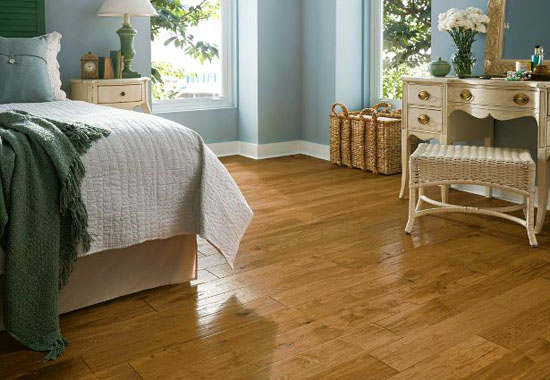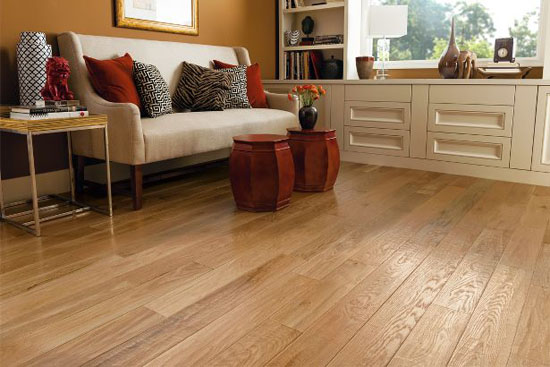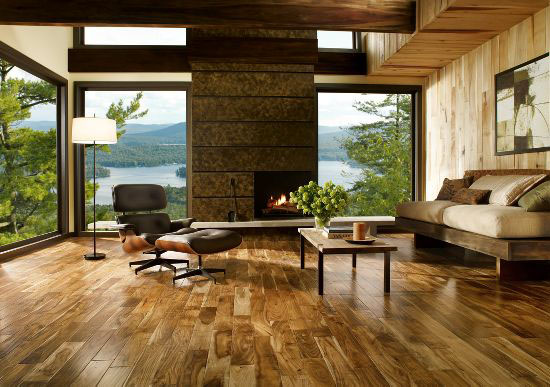Hardwood finishing is important for enhancing the wood’s natural beauty and protecting the wood from damage. However, knowing when the hardwood finish is done curing is difficult to guess. Finish drying and curing varies depending on the type of finish, and each type of finish has its own needs and drying points. Curing has four common stages, and being knowledgeable of these stages will help you do a more efficient job with hardwood finish. 
The set point is the first stage in the curing process. A set point is when the finish will no longer flow and level. The finish will still feel wet at this stage, but it will not flow and level anymore because enough liquid has evaporated out of the finish. Therefore, the finish can no longer be worked or feathered to fix any missed spots or applicator marks. Trying to fix anything during the set point will cause lap lines, haze, or streaking.
The second stage is when the finish is dry to the touch. If you can lightly touch the surface without any liquid getting onto your finger, then you are successfully in the second stage. The finish is now dust-free, and air movement can be started across the surface to draw off the liquid carrier. Consistent air movement, which increases the rate of evaporation of liquid carrier, will help get rid of the chemical odors. You can create a good air movement by opening the windows and turning on the air conditioning system.
The third stage is called dry hard because the finish is hard enough and dry enough to continue on to the next steps. Next, you can add another coat on the floor and the floor can be walked on lightly. At this point, you should still not put area rugs or any type of covering on the floor. The finish is dry but curing is still occurring within the film so it reaches its most beneficial level of hardness and durability. In addition, at this stage, the finish is only partially durable and chemical resistant, so please do not use harsh cleaning chemicals. Using harsh cleaning chemicals can cause blushing of the finish.
The final stage is when the finish is finally cured. Reaching this stage can take days to months depending on the type of finish used and the conditions of the job site. When the finish has developed all of its properties, then it is fully cured and you can put down rugs. In addition, proper hardwood cleaners should be used regularly to maintain the vitality and durability of the flooring. Finish manufacturers and contractors can give you the correct information regarding the time each step will take. Remember that every finish cures in different times for each stage because of the varying needs and conditions.
Click here to see our hardwood flooring.
Click here to see our Janka Hardness chart, which is used to measure the capacity of different species of wood to withstand pressure.

